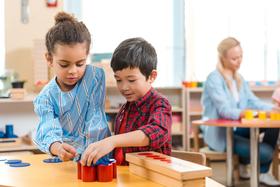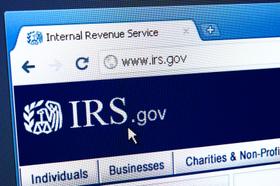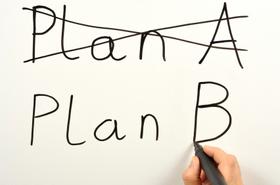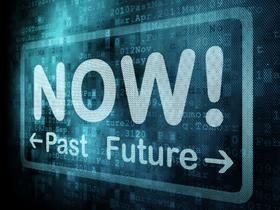I've often wondered how my education would have turned out if computers and STEM had been part of the course offerings in the 50s and 60s. Of course, engineering is part of my DNA, with my father, uncles, grandfather, and great-uncles all having been chemical, mechanical, or civil engineers. Music and Latin were the subjects that interested me as a high school student. Fast forward to 1980. When IBM introduced the PC in 1980, I was awestruck. Then came the DARPA project called the Internet. I never looked back. I devoured technology and all its manifestations with an enthusiasm I had never experienced before. Against that personal backdrop, in this essay, I aim to see how I would integrate STEM subjects (Science, Technology, Engineering, and Mathematics) into my grandchildren's educations.
Why is a STEM education important?
My new friend, ChatGPT, offered the following reasons:
An education in STEM (Science, Technology, Engineering, and Mathematics) is important for several reasons:
- Career Opportunities: STEM fields are rapidly growing and offer many job opportunities in healthcare, information technology, engineering, and finance. Education in STEM can provide students with the skills and knowledge they need to pursue careers in these high-demand fields.
- Innovation and Problem-Solving: STEM education emphasizes critical thinking, problem-solving, and innovation. Students learn to apply scientific and mathematical principles to real-world problems and develop solutions using technology and engineering practices.
- Economic Growth: STEM industries are significant contributors to economic growth and competitiveness. An education in STEM can prepare students to be leaders



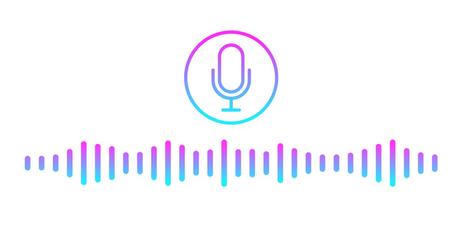
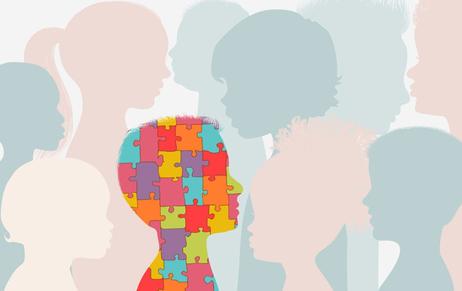
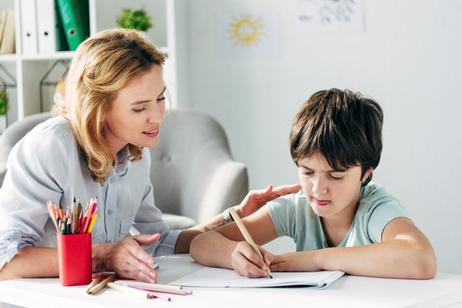


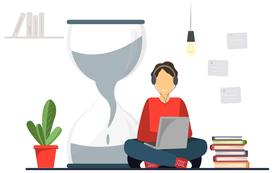









-8okvj5w8m60w0ws40oocok84w-280.jpg)
